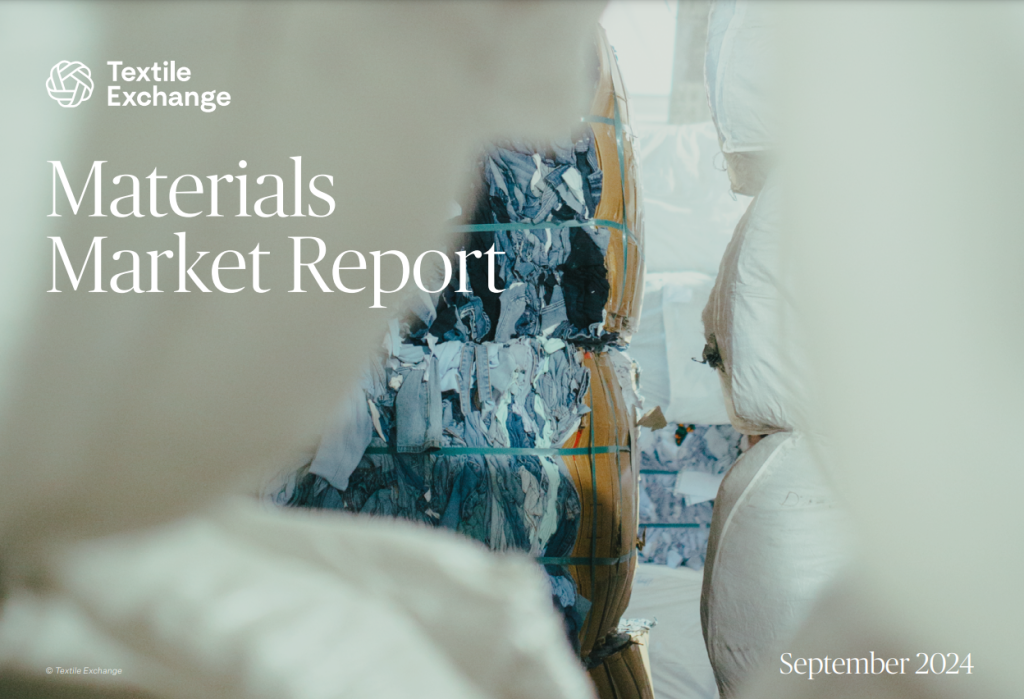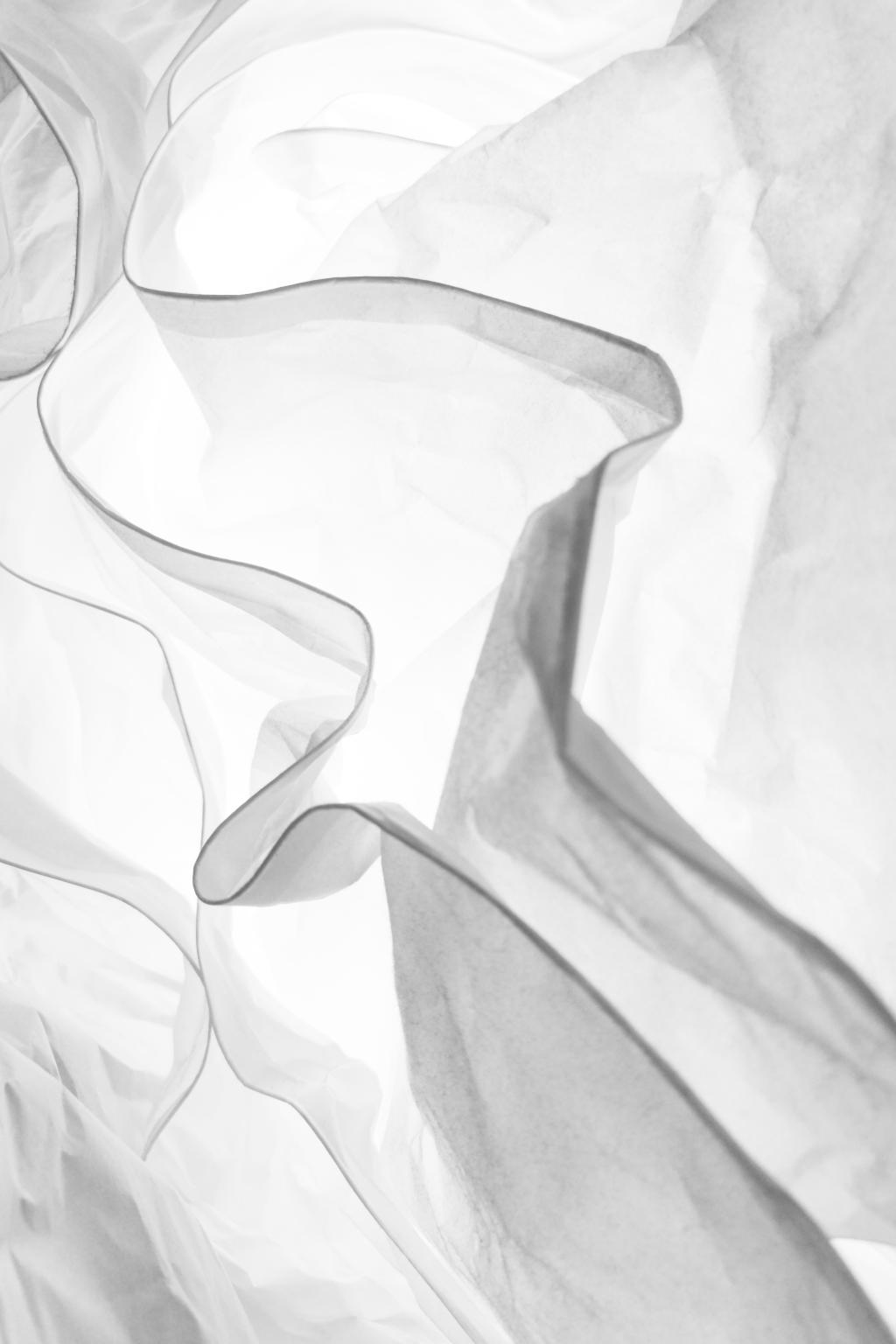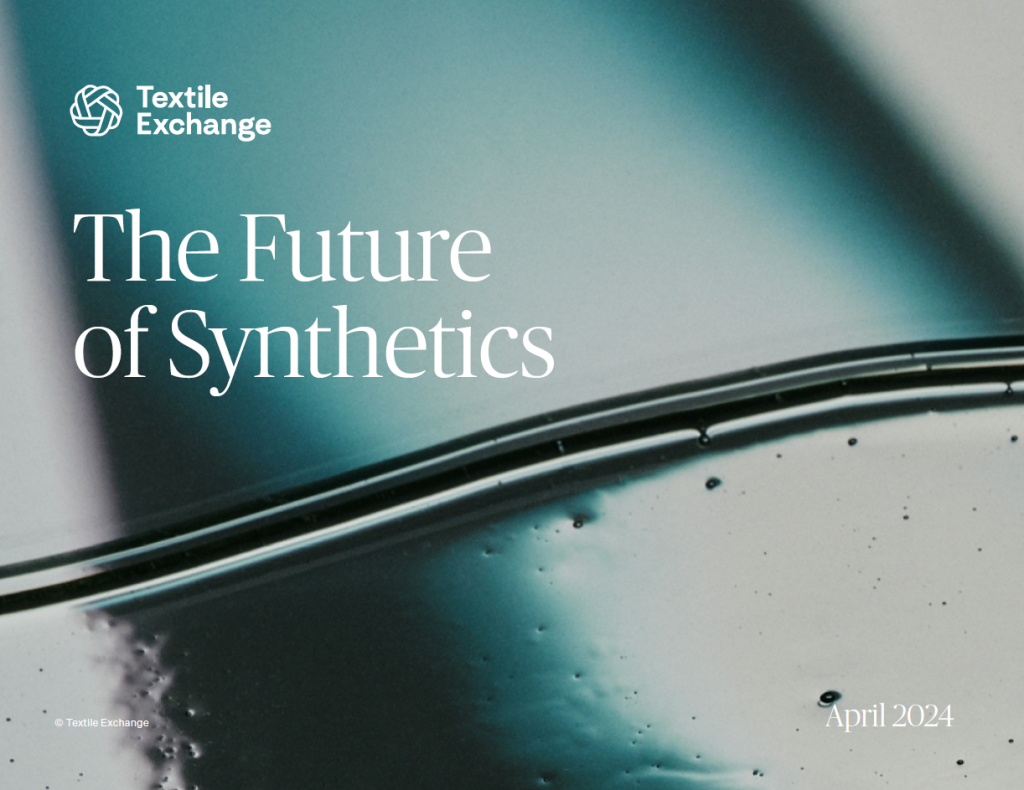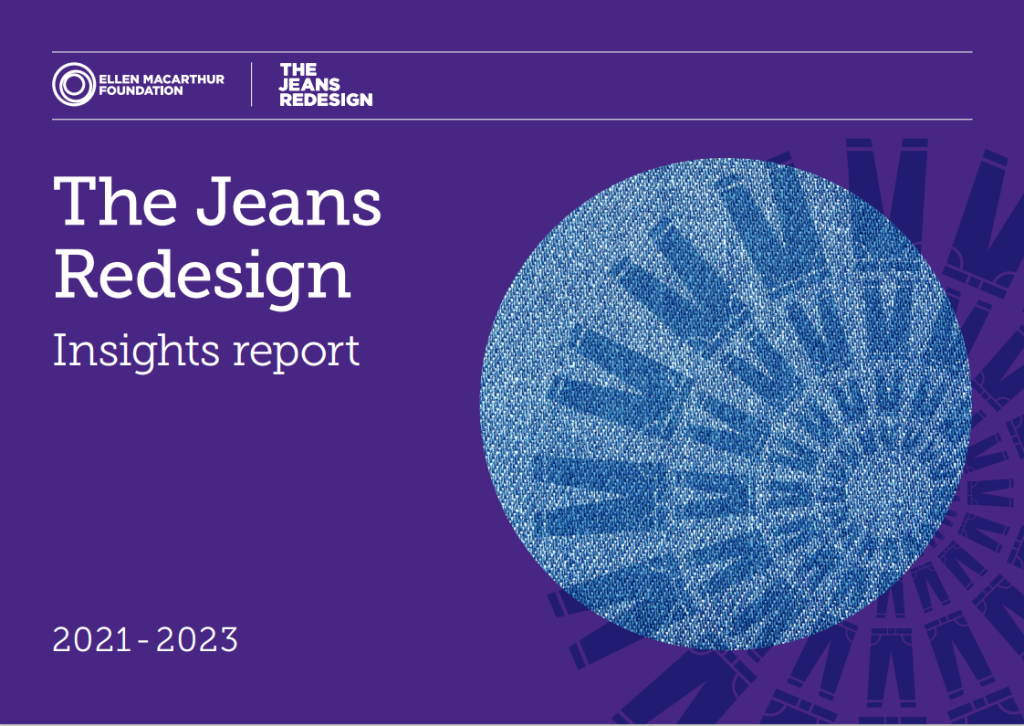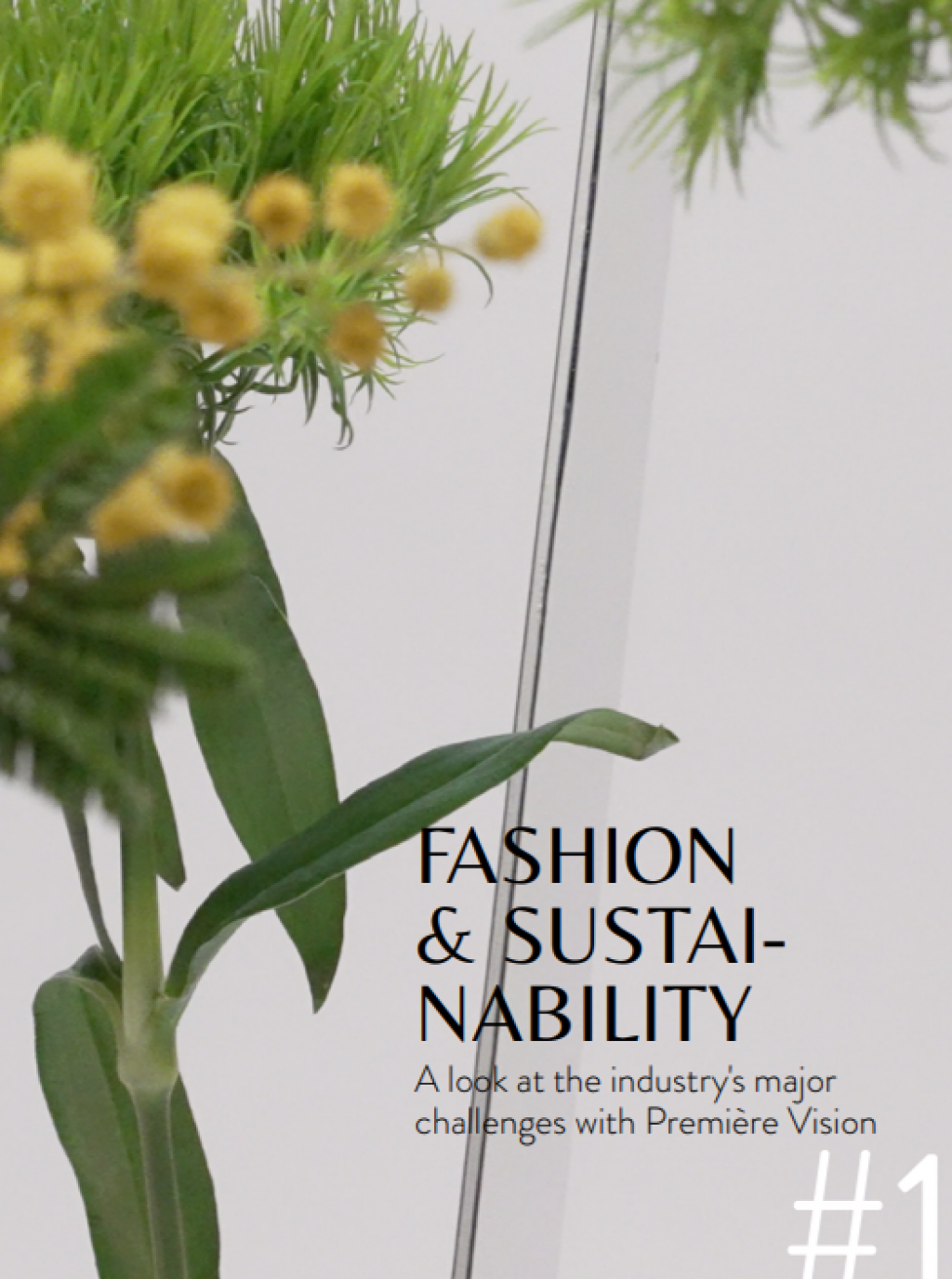Best practice guide on textiles design for recycling
Guide to textile recycling disruptors and facilitators.
Best practice guide on footwear design for recycling
Guide to shoe recycling disruptors and facilitators.
Release of microplastic fibers from synthetic textiles during household washing
Textile materials are one of the primary sources of microplastic pollution. The washing procedure is by far the most significant way that textile products release microplastic fibers (MPFs). Therefore, in this study, the effects of various textile raw materials (A acrylic, PA polyamide, PET polyester, RPET recycled polyester and PP polypropylene), fabric construction properties (woven, knitted), thickness and basis weight values on MPFs release at different washing stages (pre-washing, soaping/rinsing) were examined separately.
Impact of textile composition, structure, and treatment on microplastic release during washing: a review
This research critically reviewed the influence of textile characteristics, including textile content (fiber composition), yarn construction, material structure, and treatment type, on microplastic release from textile products during washing.
The future of synthetics
This report aims to establish a future vision for synthetic materials by promoting a greater understanding of the opportunities to replace the use of new virgin synthetics and reduce the industry’s reliance on fossil fuel extraction.
Investigating the influence of yarn characteristics on microfibre release from knitted fabrics during laundering
This study investigates the influence of various yarn characteristics on microfibre release from knitted fabrics as well as exploring the generation of microfibres during the knitting process.
Sustainable Raw Materials Will Drive Profitability for Fashion and Apparel Brands
This publication offers a perspective on the challenges and opportunities for fashion and apparel brands as they transition to low-climate-impact raw materials to enable compliance with upcoming regulations and to meet Scope 3 climate targets.
The Jeans Redesign Insights Report 2021-2023
The Jeans Redesign aims to demonstrate how jeans can be designed and made for a circular economy. More than 100 organisations across the textile industry have redesigned and brought to market jeans that align with this ambition, by moving beyond theoretical discussions, learning by doing, testing new solutions, and overcoming innovation gaps.
Systematic study of the presence of microplastic fibers during polyester yarn production
Microplastic fibers are shed from synthetic textiles during their user phase, primarily during washing. However, there is little known about their origin, except that they are likely embedded in textiles already since their production. Therefore, we systematically examined the presence of microplastic fibers during the process of yarn production..
The Great Green Washing Machine Part 1: Back To The Roots Of Sustainability
The fashion industry has the potential to create positive impacts for business and society. In this initial white paper, we start with the foundation from which all sustainability initiatives must be derived.
Vision of a Circular Economy for Fashion
A circular economy vision in which products (clothing, footwear, accessories) are used for longer durations, are designed to be re-manufactured, and are made from safe materials and recycled or renewable incoming materials.
Circular Materials Guidelines
Recommendations to incorporate recycled or regenerated raw materials into products.
Sustainable Materials Guide : Viscose
Viscose is the third most used fibre in the world. Often considered as a vegetal alternative to silk owing to its properties, viscose can have serious consequences for forests, employees and local communities. Find out more about what needs to be considered when developing fashion collections using viscose.
Sustainable Materials Guide: Alternatives to Leather
With the rise in environmental and societal issues and concerns for animal well-being, companies and consumers are increasingly open to alternatives to leather. Alternatives to leather include: PU, fish skin, recycled leather, coconut, apple, pineapple, mushroom, cork, cactus and wine industry waste.
Circular Economy Action Plan
A European action plan for a sustainable economic system designed according to a new industrial strategy.
MILAN AV-JC : Zero Waste Fashion Design
Objectives and working methods for zero waste fashion design.
Would you like to give us more details? Click here.


